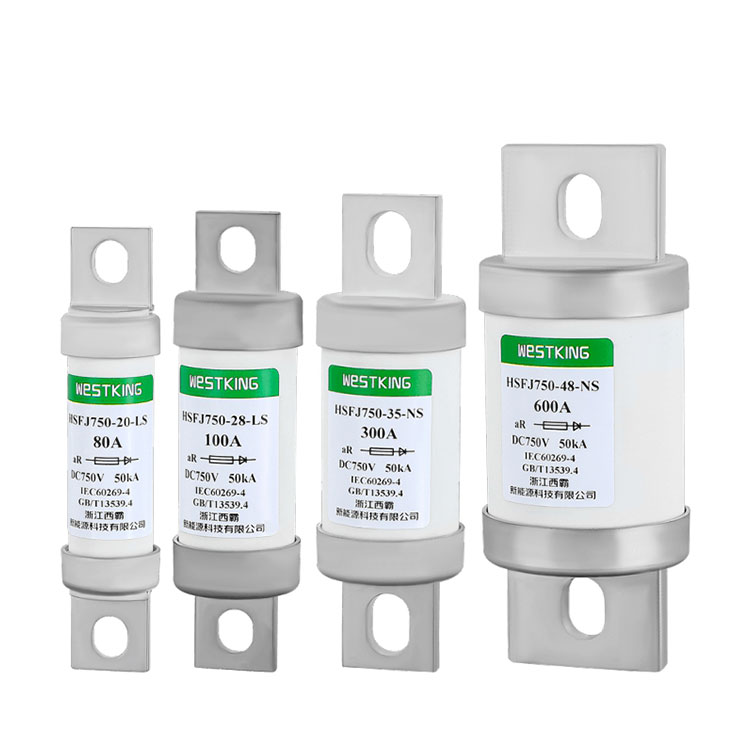What Is a High Speed Fuse and Why Is It Critical in Electrical Systems?
2025-07-02
A high speed fuse is a type of electrical fuse designed to protect sensitive and high-performance electrical equipment by interrupting current flow rapidly during overcurrent or short-circuit conditions. It is commonly used in applications where fast-acting protection is essential to prevent damage to components such as semiconductors and power electronics.
What Is a High Speed Fuse?
High speed fuses are specialized fuses with a very low melting time, meaning they blow or open the circuit much faster than standard fuses. Their quick response minimizes the duration of electrical faults, thereby safeguarding delicate devices from thermal and electrical stress.

How Do High Speed Fuses Work?
When an overcurrent or short circuit occurs, the fuse element inside the high speed fuse rapidly heats up and melts, breaking the circuit almost instantaneously. This rapid interruption prevents excessive current from damaging downstream equipment, ensuring operational safety and longevity.
Applications of High Speed Fuses
Power Electronics: Protecting components like IGBTs, MOSFETs, and thyristors in inverters and converters.
Transformers: Safeguarding transformer windings from fault currents.
Motors: Preventing damage to high-speed and precision motors.
Industrial Equipment: Protecting sensitive control devices and automation systems.
Renewable Energy Systems: Ensuring safe operation of solar inverters and wind turbines.
Advantages of High Speed Fuses
Fast Response: Rapidly interrupts fault currents, reducing equipment damage.
High Breaking Capacity: Can safely interrupt very high fault currents.
Compact Size: Suitable for use in densely packed electronic assemblies.
Reliable Protection: Consistent and predictable performance under fault conditions.
Minimized Downtime: Quick clearing of faults helps prevent prolonged outages.
Selection Criteria
When choosing a high speed fuse, consider:
Voltage and Current Ratings: Match the electrical system’s specifications.
Breaking Capacity: Ensure the fuse can interrupt the maximum possible fault current.
Time-Current Characteristics: Select fuses with appropriate speed for the application.
Physical Size and Mounting Type: Compatibility with the equipment.
Conclusion
High speed fuses play a vital role in protecting modern electrical and electronic systems that demand rapid fault clearance. Their ability to quickly interrupt current helps maintain system integrity, enhance safety, and reduce maintenance costs.


